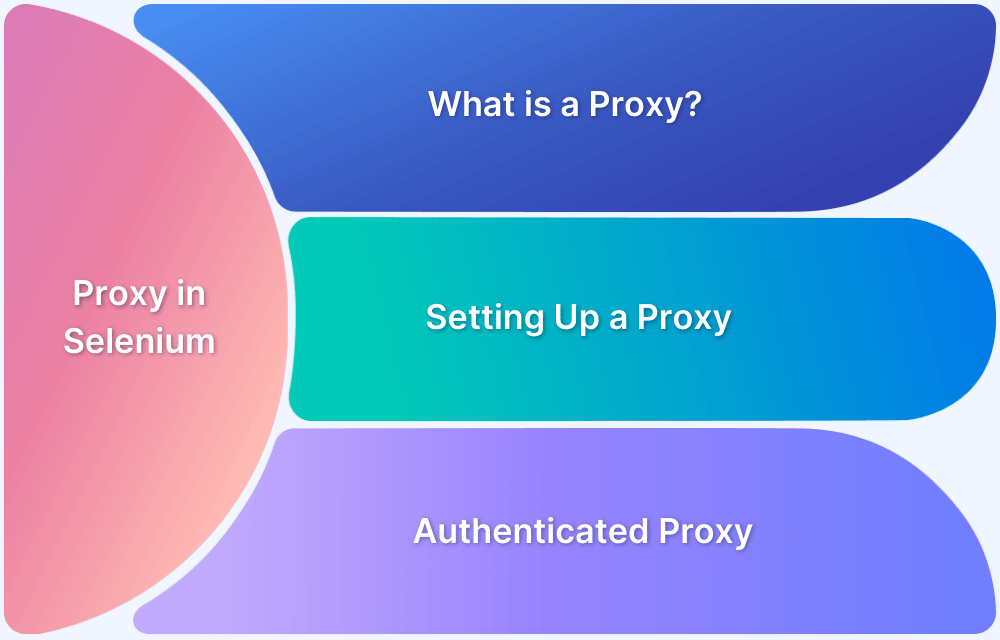In today’s rapidly evolving digital ecosystem, convenience, flexibility, and innovation are paramount. One of the most significant advancements in mobile technology is the e-SIM, or embedded SIM, which is poised to revolutionize how we connect to cellular networks globally. As smartphones, tablets, smartwatches, and even cars become more connected, the adoption of e-SIM technology is gaining momentum. But what exactly is an e-SIM, and why is it seen as the future of mobile connectivity?
This article explores the concept, functionality, benefits, and impact of e-SIMs, along with how they compare to traditional SIM cards.
What is an e-SIM?
An e-SIM (embedded Subscriber Identity Module) is a digital SIM that allows users to activate a cellular plan without having to use a physical SIM card. Unlike conventional SIM cards that must be physically inserted into a device, e-SIMs are soldered directly onto the device’s motherboard during manufacturing.
This embedded nature makes them tamper-proof, durable, and less prone to physical damage. The e-SIM stores the same information as a regular SIM card and is reprogrammable, which means users can switch carriers or plans through software settings instead of physically changing the SIM.
How e-SIMs Work
The e-SIM works by downloading a software-based profile from a mobile carrier. When a user wants to activate a network on an e-SIM-enabled device, they either scan a QR code provided by their carrier or download the carrier’s profile directly via an app or settings menu. Once downloaded, the e-SIM activates just like a traditional SIM card, allowing access to mobile data, voice, and SMS services.
Devices That Support e-SIM
The adoption of e-SIM is expanding rapidly. Several major device manufacturers now support e-SIM functionality in their flagship devices:
Apple: iPhone XS, XR, and newer models, iPad Pro, and Apple Watch Series 3 and above.
Samsung: Galaxy S20 series and later, Galaxy Z Fold, and Z Flip series.
Google: Pixel 3 and newer.
Microsoft: Surface Pro LTE and Surface Duo.
Smartwatches & Wearables: Apple Watch, Samsung Galaxy Watch, Garmin, and others.
e-SIM is also being used in IoT devices, smart cars, and industrial equipment, where remote provisioning is essential.
Key Advantages of e-SIM
1. No Physical SIM Cards
The most obvious benefit is that you no longer need a physical card. No more waiting for a SIM to arrive in the mail or going to a store to buy one.
2. Remote Activation and Flexibility
With an e-SIM, users can change carriers, switch plans, or activate service directly from their devices without needing a new SIM card. This is especially useful for frequent travelers or people who move between countries.
3. Dual SIM Capability
Most e-SIM devices also have a traditional SIM slot, offering dual SIM functionality. This allows users to keep two numbers active (for example, work and personal) or use a local SIM while traveling while keeping their primary number.
4. Better Device Design
Since the e-SIM is embedded, manufacturers can free up space within the device. This opens up opportunities for thinner designs, larger batteries, or additional features.
5. Ideal for IoT
In industries such as automotive, healthcare, and logistics, e-SIM technology is essential for machine-to-machine (M2M) communication. Devices can be deployed globally with a single embedded SIM and then activated locally, reducing logistical complexity.
e-SIM vs Traditional SIM Cards
| Feature | e-SIM | Traditional SIM |
|---|---|---|
| Form Factor | Embedded (soldered on the motherboard) | Removable (plastic card) |
| Switching Networks | Remote provisioning via software | Physically swap the SIM |
| Security | Higher (less tampering, no loss) | Can be lost or stolen |
| Device Space | Saves internal space | Takes physical space |
| Flexibility | Highly flexible | Less flexible |
e-SIM for Travelers and Digital Nomads
For travelers, the e-SIM is a game-changer. Instead of purchasing a SIM card in every new country, users can download a local data plan from an app like Airalo, Ubigi, or GigSky. This eliminates the hassle of dealing with language barriers, currency conversions, or finding local stores.
e-SIMs make it easy to switch networks on the fly, ensuring you always have the best coverage and rates wherever you are. This makes e-SIM ideal for backpackers, remote workers, and business professionals who travel internationally.
The Role of e-SIM in Business and Enterprise
e-SIM is not just consumer-centric—it has substantial benefits for enterprises:
Fleet Management: Vehicle tracking and connectivity are easier to manage remotely using e-SIMs.
Workforce Mobility: Businesses can deploy smartphones to global teams without shipping physical SIMs.
Cost Savings: Centralized management of mobile plans and less physical logistics.
Security: Reduces the risk of SIM theft and unauthorized access.
Global Adoption and Future of e-SIM
According to GSMA Intelligence, e-SIM adoption is projected to grow exponentially, with over 6 billion e-SIM-capable devices expected by 2030. Governments, carriers, and device makers are all pushing towards a universal e-SIM ecosystem.
In many regions like Europe, Asia, and North America, major carriers such as AT&T, Verizon, T-Mobile, Vodafone, and Orange now support e-SIM technology. This growing acceptance is driving innovation in mobile plans—like short-term travel data packs, data-only SIMs, and multi-device plans all managed via e-SIM.
e-SIM Challenges and Limitations
Despite its many benefits, there are still a few hurdles to overcome:
Carrier Compatibility: Not all carriers support e-SIM globally.
Device Limitations: Older phones and budget models may not offer e-SIM support.
Technical Barriers: Users unfamiliar with QR codes or app-based provisioning may find the process confusing.
Lock-In Policies: Some carriers lock e-SIM profiles, preventing easy switching.
As technology improves and carriers adopt more consumer-friendly policies, these challenges are expected to decrease.
How to Get Started with an e-SIM
If you’re interested in using an e-SIM, follow these general steps:
Check Device Compatibility – Ensure your smartphone, tablet, or wearable supports e-SIM.
Choose a Carrier or Provider – Either go with your current carrier (if they support e-SIM) or purchase a plan from an e-SIM marketplace.
Scan a QR Code or Download the App – Activate the e-SIM profile using the carrier’s instructions.
Manage Your Plan – Add, delete, or switch profiles through your device’s settings.
Final Thoughts: Why e-SIM is the Next Big Thing
The shift from traditional SIM cards to e-SIM technology is more than just a convenience—it’s a fundamental change in how we connect to mobile networks. With benefits like remote activation, better security, and flexibility, e-SIMs are setting a new standard for global connectivity.
As more devices, carriers, and industries embrace this innovation, it’s only a matter of time before e-SIM becomes the default for mobile connectivity worldwide. Whether you’re a traveler, tech enthusiast, business owner, or just someone looking for convenience, e-SIM offers a glimpse into the future of mobile freedom.




